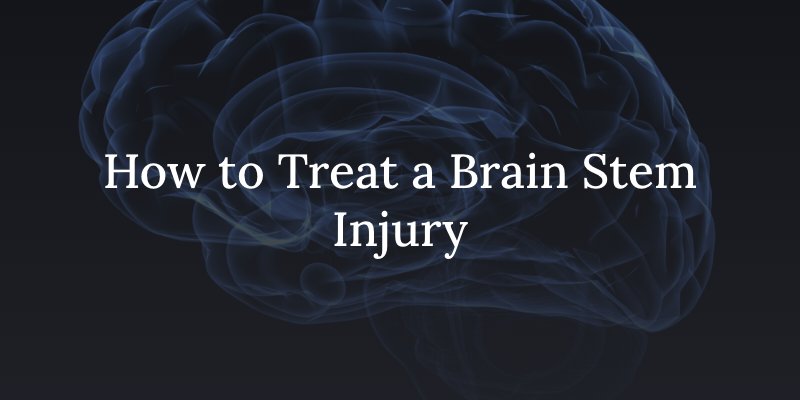The brain is the center of human emotion and personality as well as the control center for all of our bodily functions. The brain stem is located at the back of the head, at the base of the skull, and connected to the neck. This stem is a critical pathway for messages from the brain’s control centers to the spinal cord which then sends messages down to the rest of the body, controlling movement and other body systems. When an injury occurs to the brain stem, it has impacts on all aspects of the injury victim’s life. Recovery is possible, but it’s often a long, arduous process with results depending on the severity of the injury.
Causes of Brain Stem Injuries
Some damage to the brain stem occurs as a complication of medical conditions, but it may also occur due to traumatic injuries such as those from the following causes:
- Slip-and-fall accidents
- Car accidents
- Pedestrian accidents
- Motorcycle accidents
- Workplace injuries
- Contact sports injuries
- Criminal acts of violence
When a brain stem injury occurs, the consequences to the victim’s life are dramatic and often catastrophic. The brain stem has three main parts, the mid-brain, the pons, and the medulla oblongata. Each part of the brain stem controls critical functions in the human body.
Impacts of Brain Stem Injuries
Severe, destructive injuries to the mid-brain, pons, or medulla oblongata in the brain stem cause brain death to the victim. Less severe injuries still have major impacts on function including some of the following:
- Coma, which is a deep, sleep-like state caused by damage to the reticular activating system responsible for waking and consciousness
- Locked-in syndrome, which leaves the victim with the ability to hear, see, and process information while they have a complete inability to respond or move any body part other than the eyes
- Problems swallowing
- Breathing problems
- Problems with balance and coordination
Injury victims with brain stem damage need significant care, often for the rest of their lives. Secure damages to cover long-term brain injury care with our St. Louis personal injury attorney.

Treating a Brain Stem Injury
After a brain stem injury, the victim typically requires emergency medical care to minimize the damage by relieving pressure and inflammation. Some brain stem injuries require surgical intervention. Once the patient stabilizes, their care depends on the severity and location of the injury. Severely injured victims may require hospice or palliative care. Some require long-term care for coma, vegetative state, or locked-in syndrome. Survivors of brain stem injuries need a great degree of rehabilitative care to restore function to as high a degree as possible.
Rehabilitation for brain stem injuries often requires repetition of movements in a specific task to reroute messages from the brain through intact parts of the brain stem. Other treatments focus on symptoms such as difficulty swallowing or problems with balance. Treatment may include:
- Physical therapy
- Speech therapy
- Occupational therapy
Brain injury victims often require substantial care in long-term care facilities or may recover at home with home healthcare and outpatient treatments for restoring function. Many victims of brain stem injuries do not fully regain function and may have significant disabilities that impact their ability to earn a living or engage in the activities they enjoyed before the injury. To recover damages after a brain stem injury, contact a brain injury lawyer in St. Louis to assist you in navigating the legal landscape.

